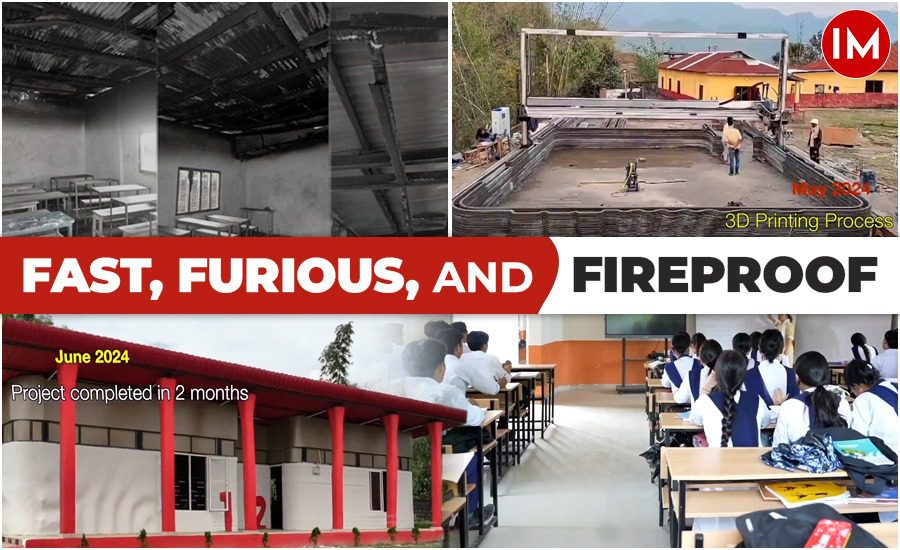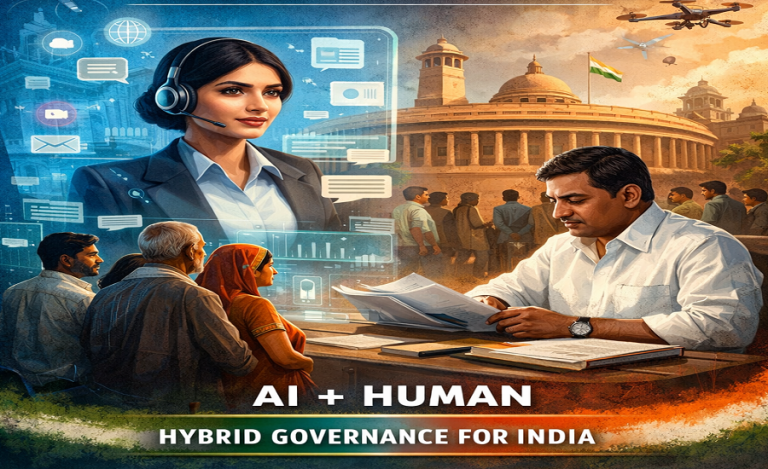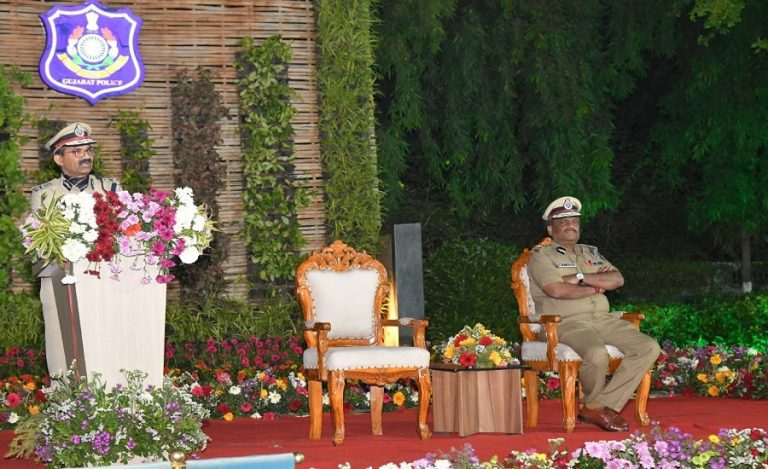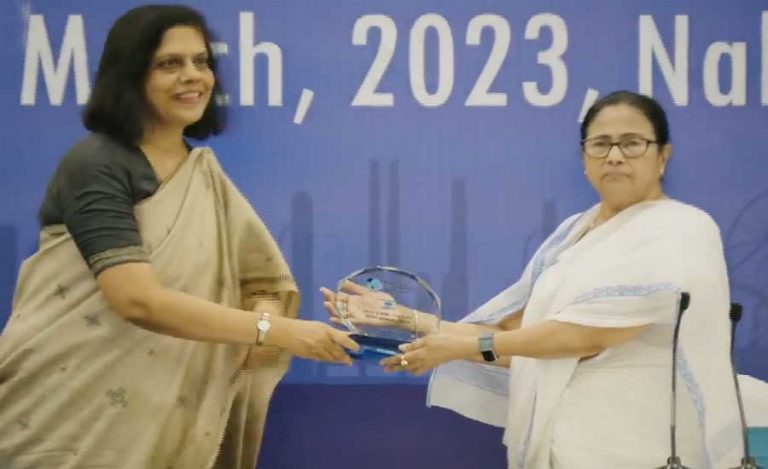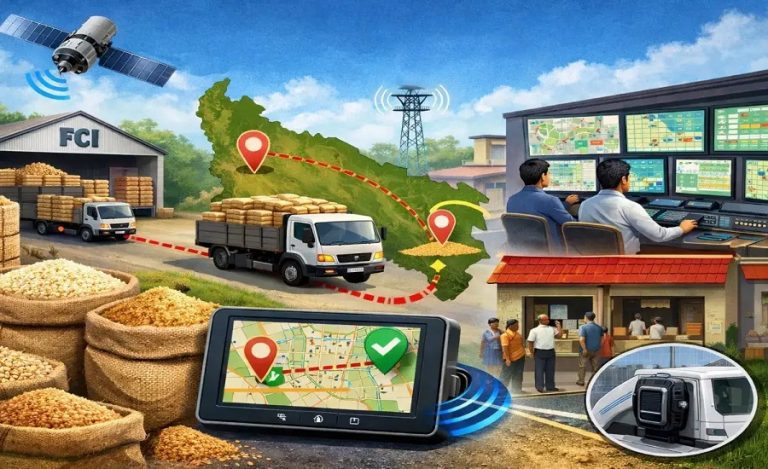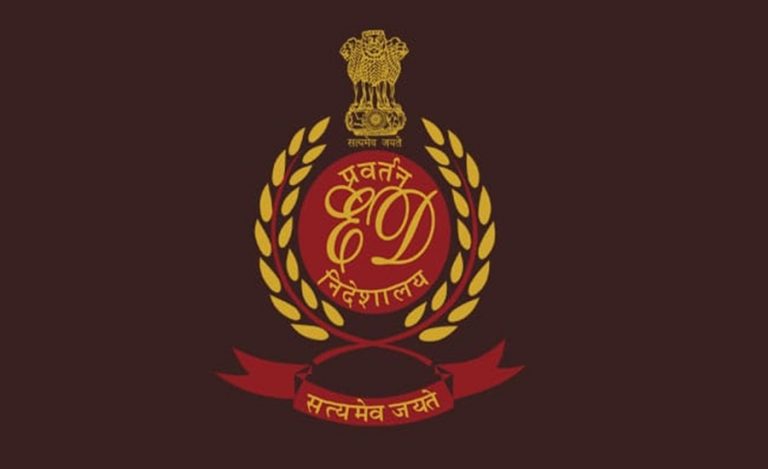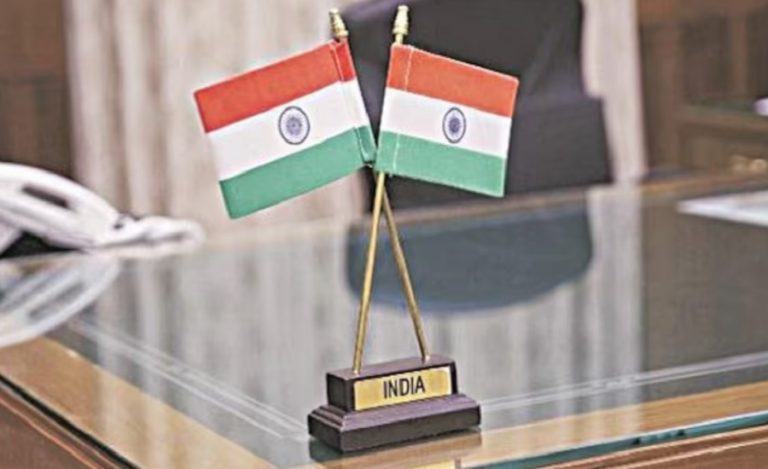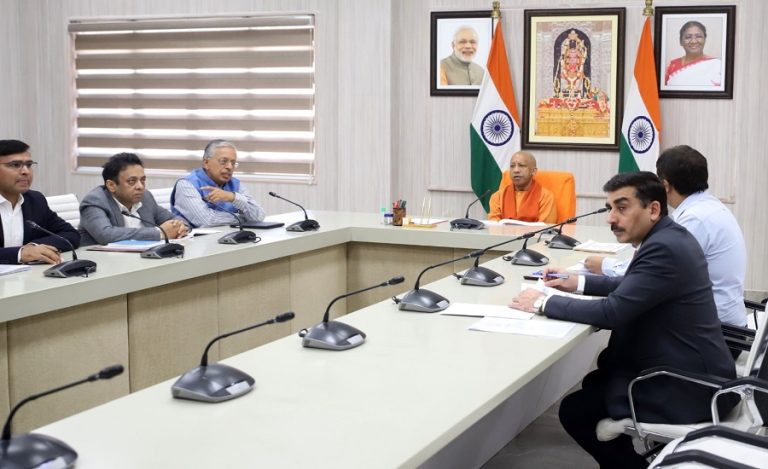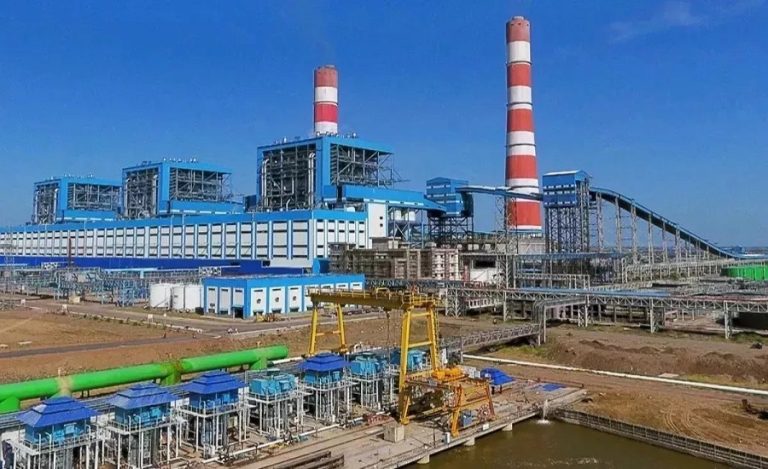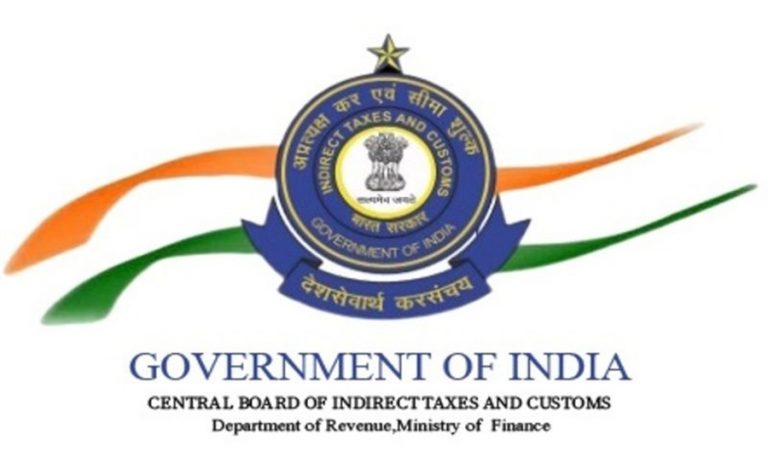In a groundbreaking development for education infrastructure, a government secondary school in Itanagar, Arunachal Pradesh, has been reconstructed using 3D printing technology. This project marks the first instance of a 3D-Printed school in India. This remarkable feat highlights the potential of this cutting-edge technology to revolutionize construction, especially in remote and challenging terrains
The school, which was tragically destroyed by a fire, has been rebuilt in just two months thanks to the magic of 3D printing. This method is celebrated as India’s first educational institution constructed using this innovative technique. The success of this project underscores the potential of 3D printing to revolutionize construction in areas where traditional methods struggle to keep pace with the unique challenges posed by the environment.
Speaking with Indian Masterminds, IAS officer Talo Potom, who is the DC, Itanagar, shared details about the newly built school.
THE CASE OF 3D PRINTING
The decision to employ 3D printing technology was driven by the urgent need to reconstruct the school swiftly. As Talo Potom, DC Itanagar, explains, “In regions like Arunachal Pradesh, we face a narrow window for construction due to the heavy rainfall that lasts for 6 to 7 months. Our construction season is limited to about 3 to 4 months from November to February. 3D printing is ideal for such conditions because it allows us to complete construction much faster than traditional methods.”
3D printing offers several advantages over conventional construction techniques. It significantly reduces build times, minimizes waste, and enhances structural integrity. For remote areas with limited access to resources and where the construction window is short, these benefits are particularly valuable.
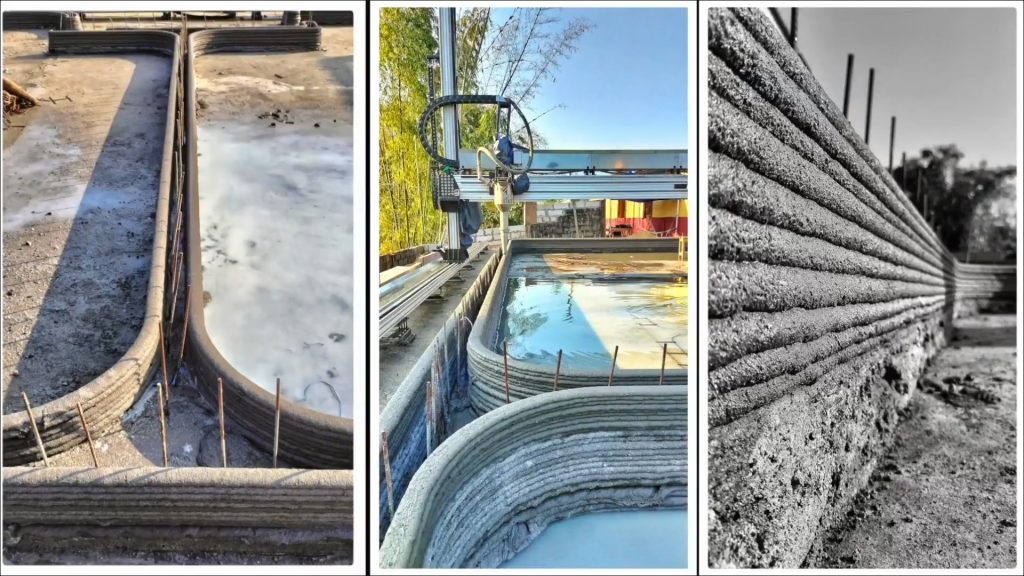
HIGH COST
The school’s reconstruction began as a trial project and, despite some challenges, has proven successful. The use of 3D printing allowed the project to progress at a pace that traditional construction methods could not match. However, the substructure’s high costs were a concern. The total expenditure on the project exceeded initial estimates, with the final costs surpassing one crore rupees. “While 3D printing was a game-changer, the substructure costs were higher than anticipated. Our initial budget was between 35 to 40 lakh rupees, but the final cost was much greater,” notes Mr. Potom.
COMMUNITY IMPACT AND REACTION
The rapid construction of the school has had a profound impact on the community, particularly the students. Mr. Potom further shared that the new facility has already started hosting classes, with the formal inauguration scheduled for the near future. The local community and schoolchildren have responded positively to the new building. They are impressed by the speed and efficiency of the construction process. Mr. Potom highlights, “The students and the community have been very supportive. They were amazed to see the building rise so quickly. The technology’s ability to deliver results in a short time has been well received.”
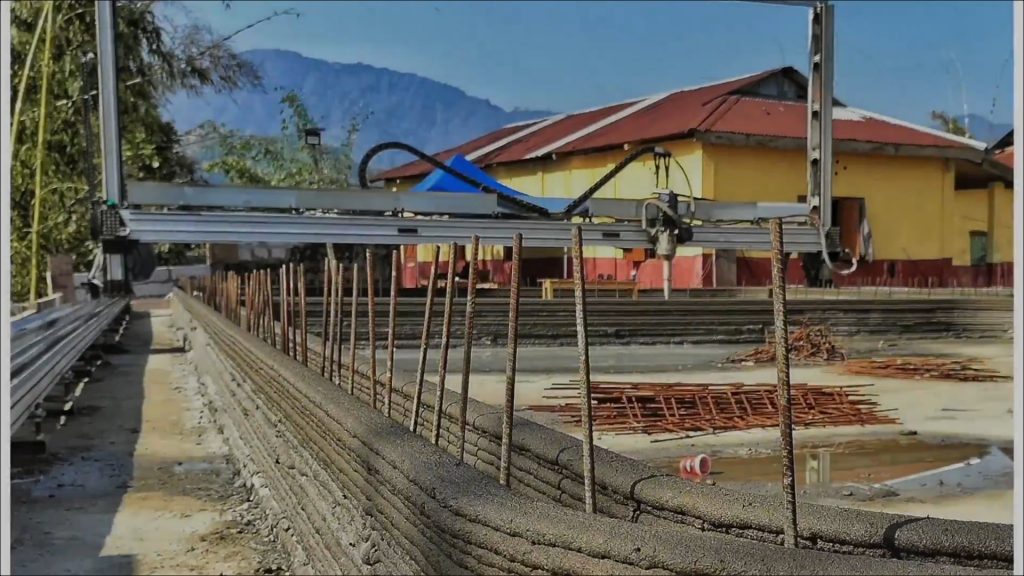
THE MAGIC OF 3D PRINTING IN CONSTRUCTION
3D printing in construction involves creating three-dimensional structures using computer-controlled layering of materials. Unlike traditional construction methods, 3D printing offers several advantages:
Faster Build Times: Structures can be completed significantly quicker, which is crucial in regions with limited construction seasons.
Reduced Waste: The precision of 3D printing minimizes material waste, making it an eco-friendly option.
Increased Structural Integrity: The method ensures uniformity and strength, enhancing the durability of the buildings.
In the case of the Itanagar school, 3D printing technology enabled the construction to be completed in just two months. This was a remarkable turnaround, given the logistical challenges and the urgency of the situation.
Government Secondary School, Pachin, Itanagar, becomes India's first 3D Printed School. Devoured by fire, the school was rebuilt in just two months!
— Pema Khandu པདྨ་མཁའ་འགྲོ་། (@PemaKhanduBJP) July 30, 2024
I heartily compliment everyone engaged in creating a watershed moment in our collective efforts to offer a cost-effective,… pic.twitter.com/ac5gzQtgz1
LONG-TERM SUSTAINABILITY
The long-term benefits of using 3D printing in construction are substantial. Environmentally, 3D printing can reduce waste and use fewer resources compared to traditional methods. It also promises greater durability and longevity for the structures built. Potom emphasizes the potential for future projects, saying, “The technology shows promise for long-term sustainability. Although this was our first attempt, the results are encouraging. In the future, we plan to invest in our own 3D printing machines to expand our capabilities, including the possibility of constructing multi-story buildings.”
The success of this project demonstrates the effectiveness of 3D printing in overcoming the challenges of remote and difficult terrain. It demonstrates how innovative technologies can address urgent needs and offer sustainable solutions in areas with limited construction seasons. As India continues to explore and implement cutting-edge technologies, the Itanagar School stands as a pioneering example of what can be achieved with vision and innovation.
Itanagar School’s transformation is more than just a reconstruction story; it is a glimpse into the future of construction. With 3D printing, the barriers of time, cost, and geography can be overcome, offering new possibilities for development in even the most challenging environments.

